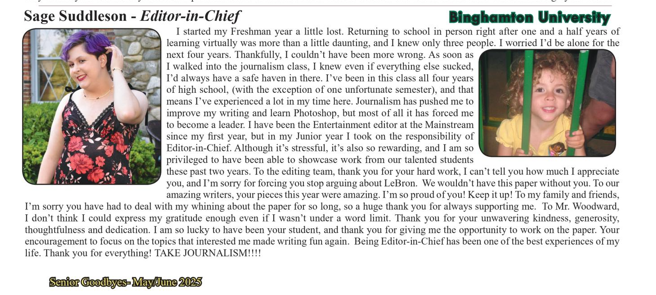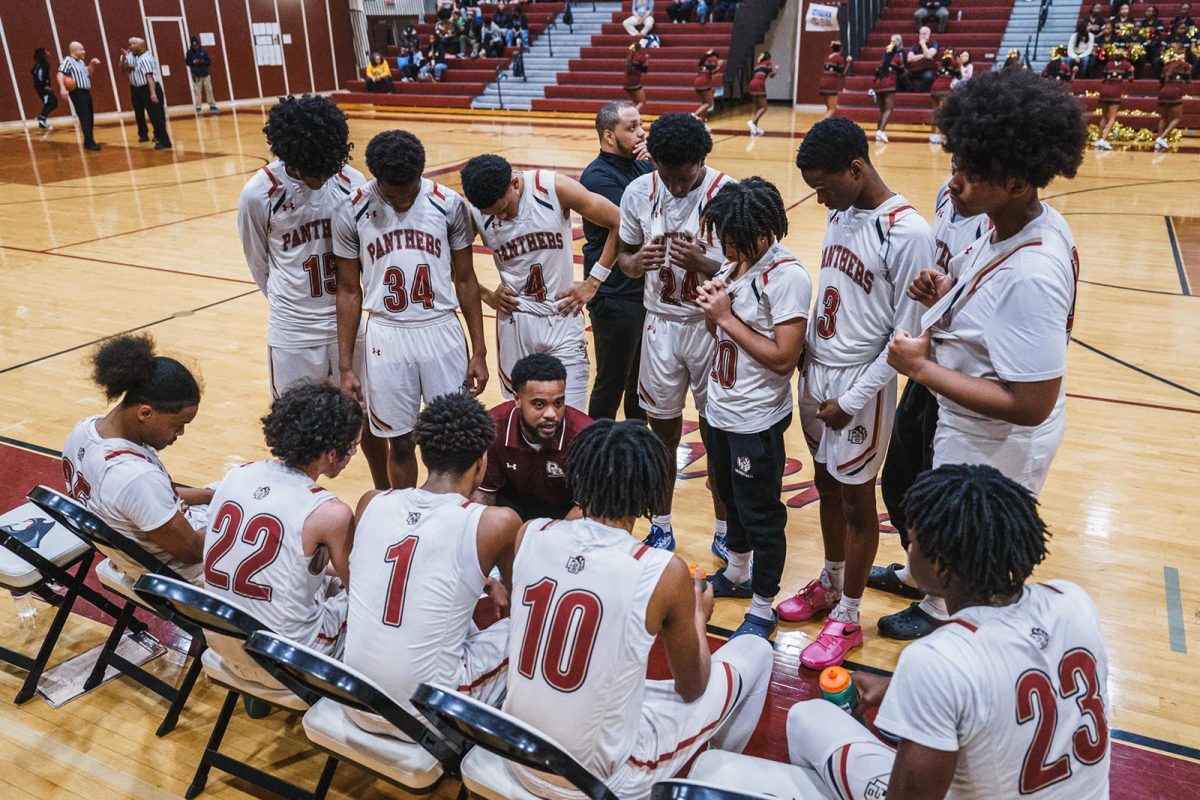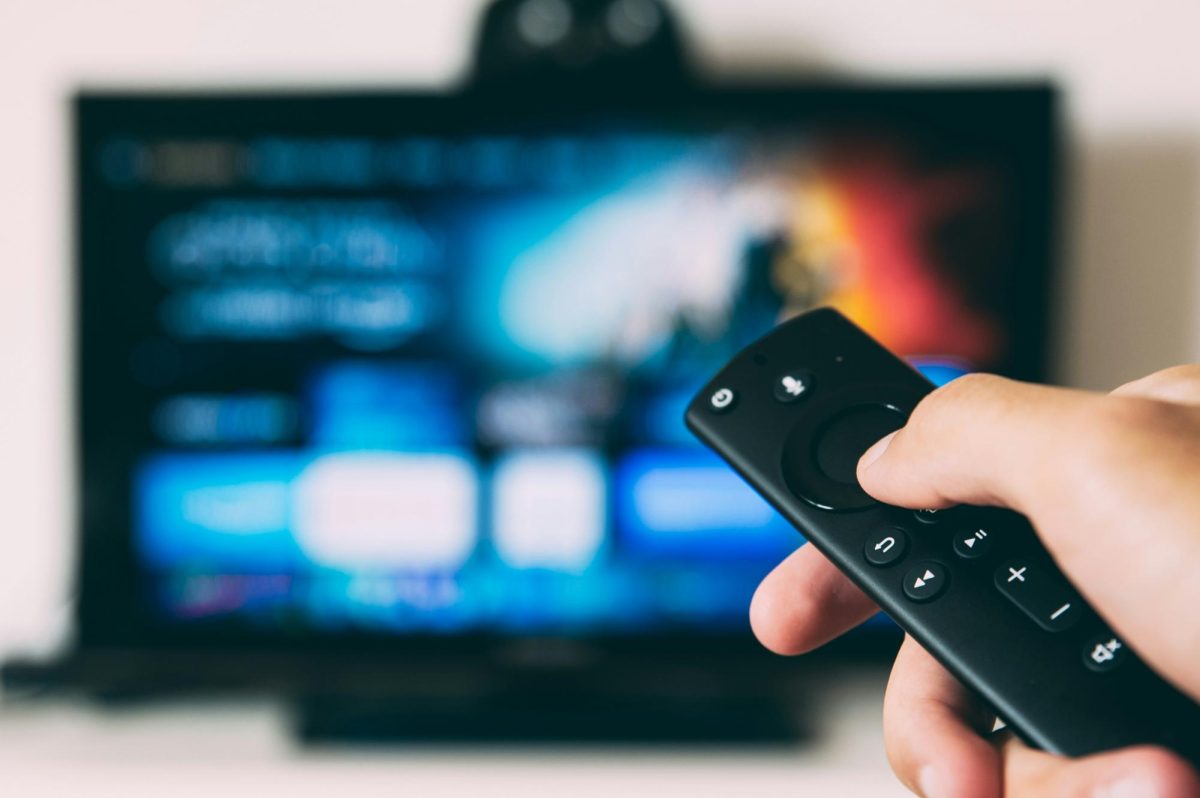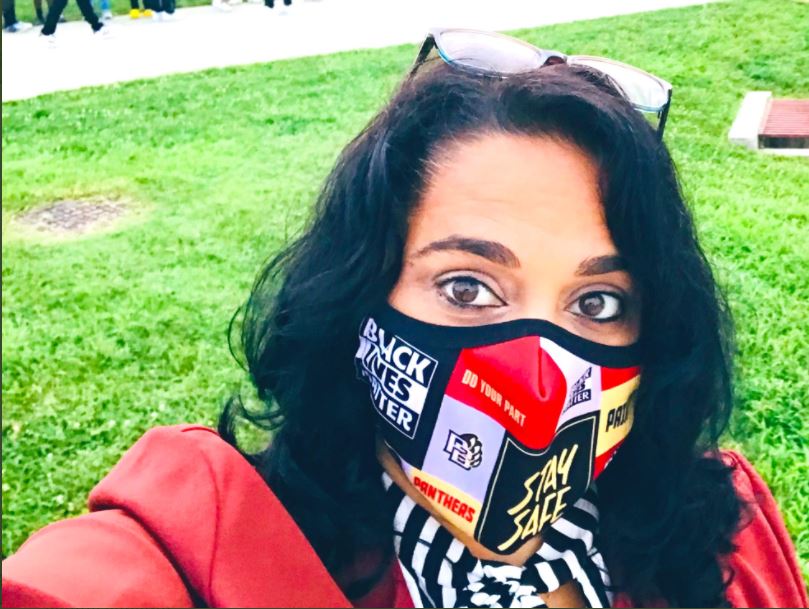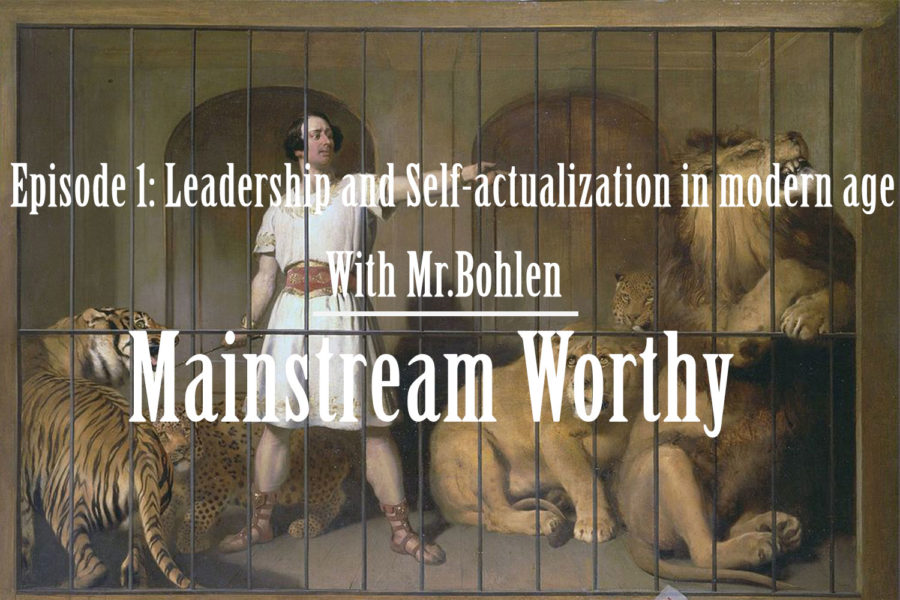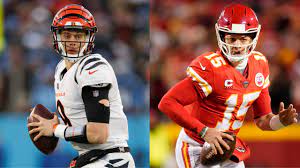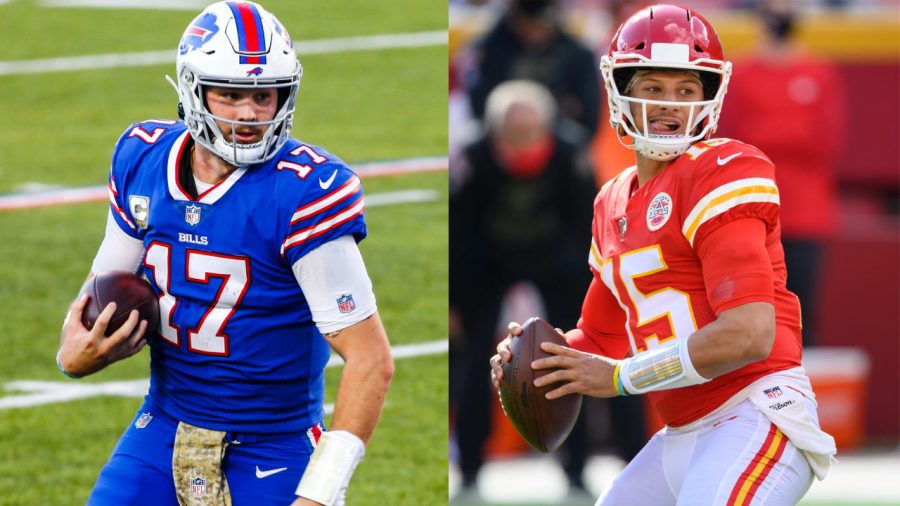A movie poster immediately caught my attention as I was scrolling through the various Roku channels on my TV and, I have to admit, I’d never seen an image so jarring before. What stunned me was the poster for the 2001 romantic-comedy Shallow Hal that displayed Gwyenth Paltrow and Jack Black holding hands, smiling at their audience. It wasn’t the co-stars that startled me, it was the unnerving shadow behind Paltrow of the fat suit she wore throughout the movie. Ten minutes into the film I thought, “Maybe I should’ve stopped at the poster.”
Paltrow and Black’s nod to fat shaming was a box office success, grossing $141 million, but in truth it was another Hollywood misstep on the path to body positivity.
Sophie Vershbow, an opinion writer for Vogue, recognizes the plus-size experience is complicated. She notes that it is often viewed in society as the loss of one’s willpower, but says, in reality, it’s “a messy combination of genetics, socioeconomic status, nutrition, exercise, and so much more.” Hollywood has perpetuated the same stereotype for years that fat people are socially inept, lazy, unable to find love because of their size, or for comedic relief. It doesn’t help that every time a fat character appears on our screens, the entire plot set up for them seems to be undeniably tied to their weight. Nylon writer Gianluca Russo says, “Plotlines follow a nearly identical trajectory: self-loathing, weight loss, sadness, and the need to ‘be better.’ ” It seems that fatphobia is an accepted form of discrimination because plus-size actors aren’t cast for diverse roles with unique plots. Size is the issue that the character must overcome.
One example was the use of a fat suit in the 1994 sitcom Friends for the supposedly comedic character “Fat Monica” portrayed by Courtney Cox. I say supposedly comedic because of fatness in films is meant to be a laughable state of being, when really, it is a tired joke that needs rebranding. “The plight of a fat person portrayed by a thin person” is one of the most antagonizing and inescapable tropes in Hollywood, says Michelle Konstantinovsky of Equip Health.
This issue begs the question, why can’t directors hire more plus-size actors? Well, in television during the late 1990s to early 2000s, America was a lot less body-positive than it is now. It may have even been expected on a late ’90s sitcom like Friends to have weight played for laughs and have no one bat an eye. When Brendan Fraser in The Whale (2022) put on his fat suit to portray his character Charlie, I felt disappointed and the world was insulted. Hollywood had more than a decade to evolve its understanding of body representation by the time of the film’s production and yet, the movie grossed over $57 million worldwide against a $3 million budget.
These casting choices may make sense to some. If you want to produce a blockbuster, you need to hire bankable names that the audience already loves. Directors may argue that actors such as Paltrow, Cox, or even others who took on famous characters in a fat suit, such as Eddie Murphy in The Nutty Professor (1996) or Sarah Paulson in American Horror Story were the “best fit” for the roles. But there is a flaw to their logic. If directors never open up the audition room, how will we truly know that the thin actor was the best fit for the character? Directors have yet to take a chance to develop a pool of talented, plus-size actors just as they gave the celebrities of today a chance 30 years ago. Farah Fleurima of the New York Times says, “…stuffing slender actors into a fat suit feels like a cop-out in casting…” I can’t help but wonder how many stories we’ve lost because casting agents never opened their doors.
The “best actors” fit a certain criteria that can best be described as well-known, white, or slender. This spirit of laziness can not continue to serve as an excuse for discrimination if we are to create a more body positive Hollywood in the future. Another argument that directors make is that they intend for their films and shows to provide a nuanced understanding of the plus-size experience. In reality, all they do is illicit criticism and reinforce societal stigma around fatness. Konstantinovsky poses an important question in her article entitled, Who Gets to Be Fat in Hollywood, and to What End? She refers to Fraser’s 2022 film and asks, “If visibility was really one of the filmmakers’ goals, wouldn’t they have used someone whose weight is closer to Charlie’s?”
Compared to older uses of the prosthetic, retired professor of psychology J. Kevin Thompson believes fat suits nowadays can cause psychological damage to the audience. He is concerned for women and girls who watch movies like Bridget Jones or To Be Fat Like Me, spending their lives believing their worth is tied to their weight. Thompson says, “These roles were most often associated with ‘humor,’ which, of course, might not be so funny if one were the butt of the joke.” We must think of the audience when directors make these casting choices and Hollywood funds these films because persistent fatphobia contributes to the rising rates of poor body image and eating disorders among girls. Konstantinovsky says, “while empathy might be the intention, the result is anything but. It is exploitation and dehumanization of a very human experience.” If Hollywood really wants to tell honest stories, it needs to stop dressing fatness up as fiction and start seeing it as human.
There exist numerous films which have casted, if not highlighted, talented plus-size actors to tell their stories and add authenticity to the film industry. Chrissy Metz in This Is Us, Rebel Wilson in the Pitch Perfect franchise, Barbie Ferreira in Euphoria, Danielle Brooks in various projects like Orange is the New Black, Gabourey Sidibe in Precious and The Big C, and many more have exceeded expectations for plus-size actors. Directors and writers including Claire Ayoub of Empire Waist and Aidy Bryant of Shrill have worked hard to create space for normalized body diversity. Russo says, “Hollywood as a whole may still be out of touch with the plus-size experience, but writers, producers, and creators finding their way into the industry are bringing value to the conversation and are finally being heard.”
Actors, directors, and writers like them, they’re not hard to find. We just have to be willing to look past the A-list. Now, Hollywood becoming more body-positive is not going to end plus size discrimination or fatphobia, but it will be a step in the right direction of depicting the community in a more humane way. We must prioritize roles that don’t require weight-centered storyline and television that protects young girls. We are very far from the necessary fundamental shift in our views of the ideal body, but looking through a critical lens to challenge Hollywood’s internalized beliefs will lead us to that hopeful future.







